Amdoc (Israel) Ltd. v. Openet Telecom, Inc., Federal Circuit Nov 2016 (Software Patents)
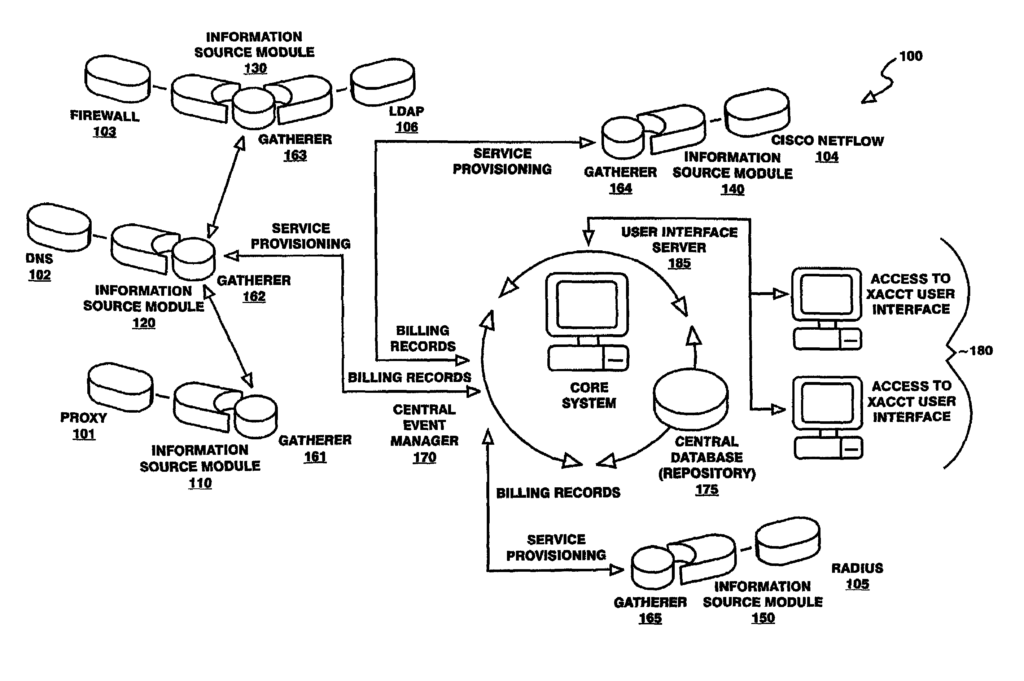 Amdoc sued Openet over four software patents directed to solving accounting and billing problems faced by network service providers. The district court held that the software patents were directed to patent-ineligible abstract ideas.
Amdoc sued Openet over four software patents directed to solving accounting and billing problems faced by network service providers. The district court held that the software patents were directed to patent-ineligible abstract ideas.
A split panel of the Federal Circuit reversed the district court.
The written descriptions of the software patents describe the same system, which allows network service providers to account for and bill for internet protocol (“IP”) network communications. The system includes network devices; information source modules (“ISMs”); gatherers; a central event manager (“CEM”); a central database; a user interface server; and terminals or clients. Network devices represent any devices that could be included on a network, including application servers, and also represent the source of information accessed by the…
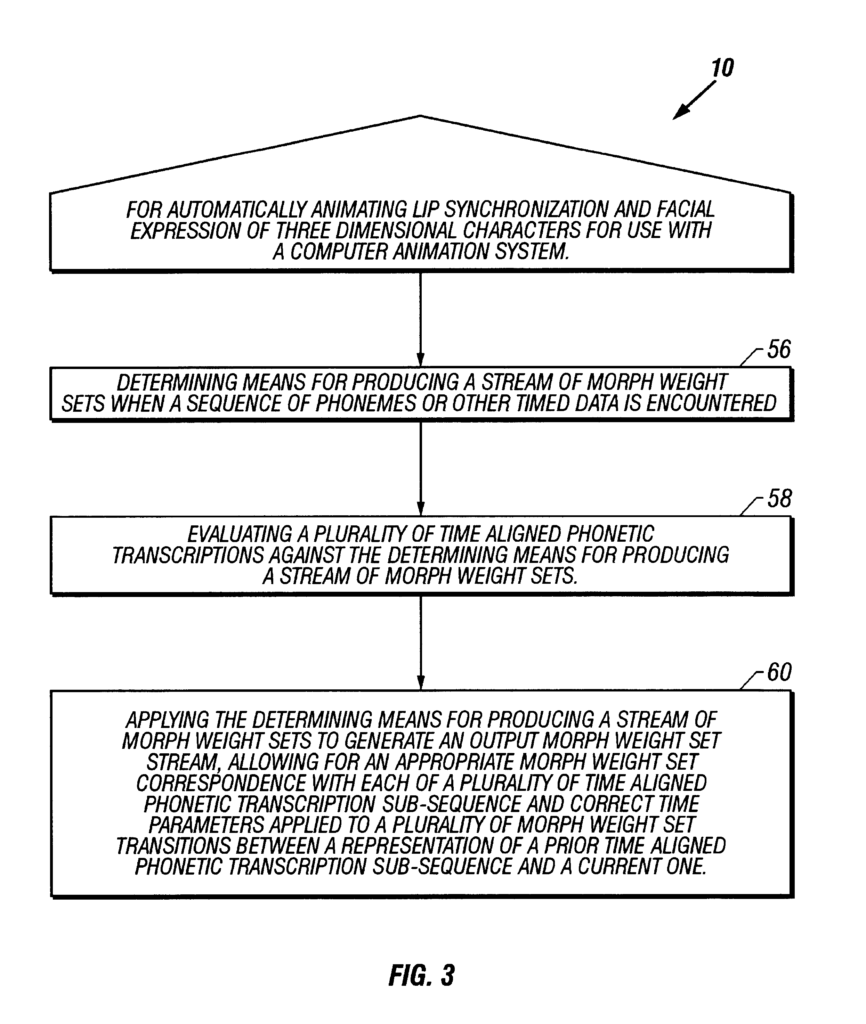 This was an appeal from a grant of judgment on the pleadings that the asserted claims of two software patents, U.S. Patent Nos. 6,307,576 (‘‘the ’576 patent’’) and 6,611,278 (‘‘the ’278 patent’’) were invalid.
This was an appeal from a grant of judgment on the pleadings that the asserted claims of two software patents, U.S. Patent Nos. 6,307,576 (‘‘the ’576 patent’’) and 6,611,278 (‘‘the ’278 patent’’) were invalid.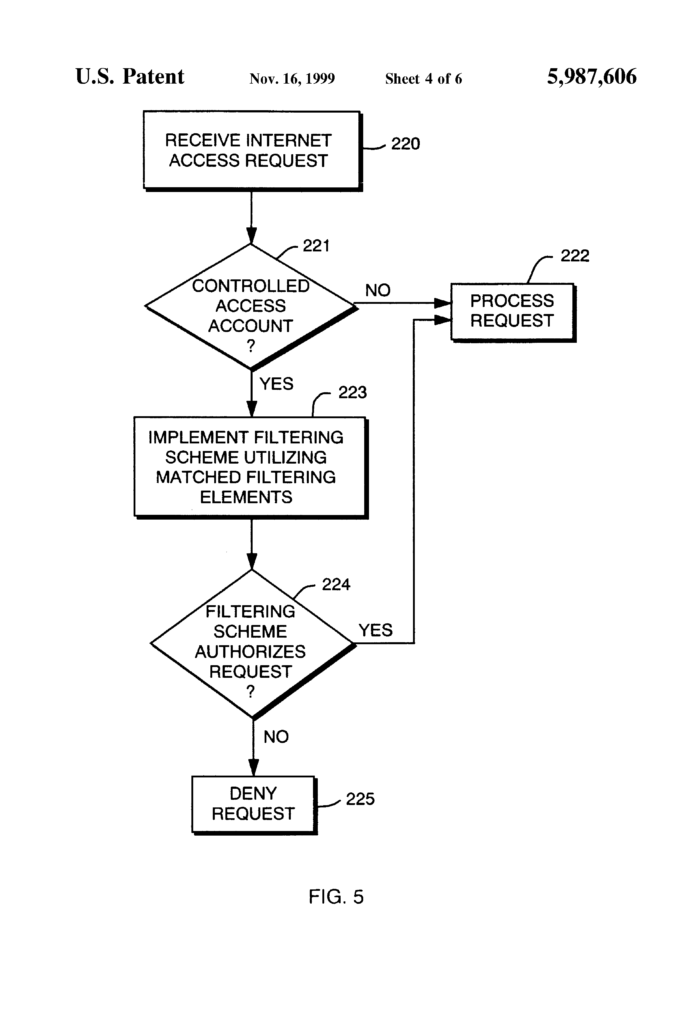 This was an appeal against a district court decision that the claims of U.S. Patent No. 5,987,606 are invalid as a matter of law under 35 U.S.C. § 101.
This was an appeal against a district court decision that the claims of U.S. Patent No. 5,987,606 are invalid as a matter of law under 35 U.S.C. § 101.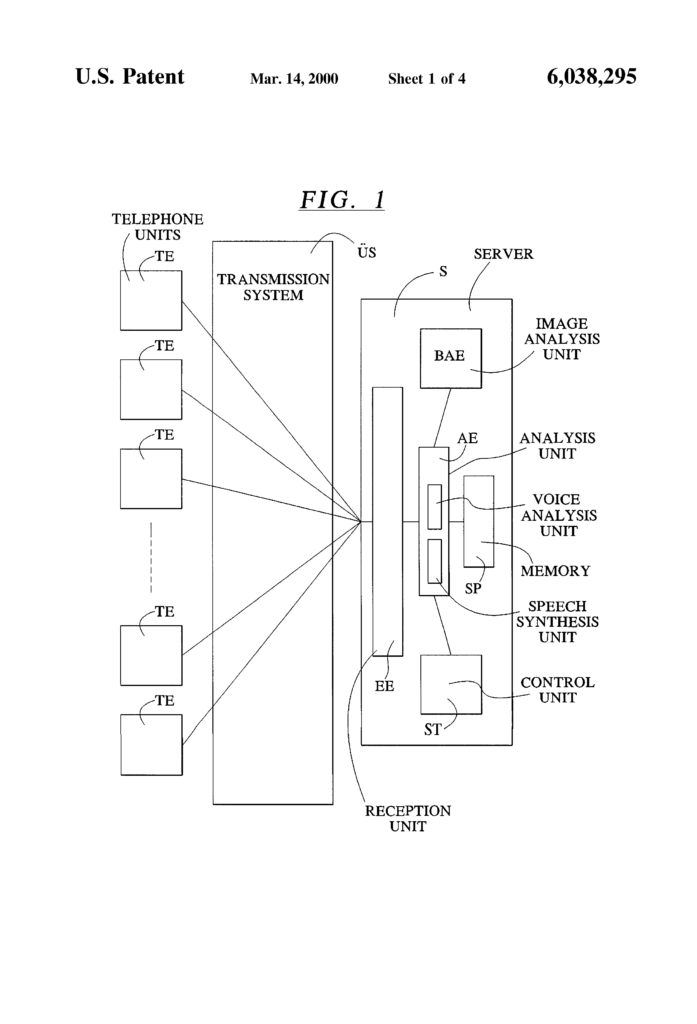 TLI Communications hold U.S. Patent No. 6,038,295 relating to a method and system for taking, transmitting, and organizing digital images.
TLI Communications hold U.S. Patent No. 6,038,295 relating to a method and system for taking, transmitting, and organizing digital images.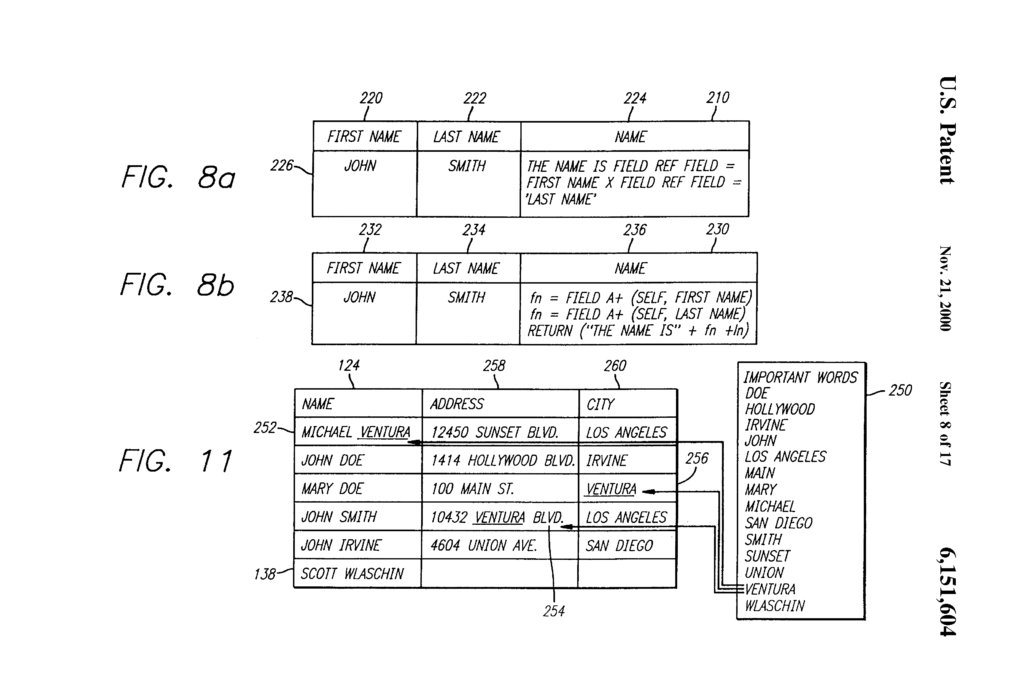 Enfish sued Microsoft for infringement of U.S. Patent 6,151,604 and U.S. Patent 6,163,775 related to a logical model for a computer database. A logical model is a model of data for a computer database explaining how the various elements of information are related to one another. A logical model generally results in the creation of particular tables of data, but it does not describe how the bits and bytes of those tables are arranged in physical memory devices. Contrary to conventional logical models, the patented logical model includes all data entities in a single table, with column definitions provided by rows in that same table. The patents describe this as a “self-referential” property of the database.
Enfish sued Microsoft for infringement of U.S. Patent 6,151,604 and U.S. Patent 6,163,775 related to a logical model for a computer database. A logical model is a model of data for a computer database explaining how the various elements of information are related to one another. A logical model generally results in the creation of particular tables of data, but it does not describe how the bits and bytes of those tables are arranged in physical memory devices. Contrary to conventional logical models, the patented logical model includes all data entities in a single table, with column definitions provided by rows in that same table. The patents describe this as a “self-referential” property of the database.